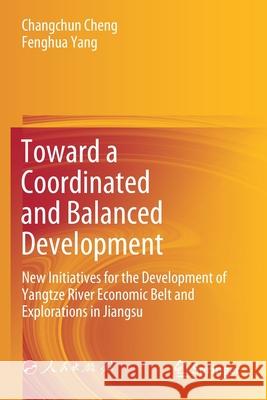Toward a Coordinated and Balanced Development: New Initiatives for the Development of Yangtze River Economic Belt and Explorations in Jiangsu » książka
topmenu
Toward a Coordinated and Balanced Development: New Initiatives for the Development of Yangtze River Economic Belt and Explorations in Jiangsu
ISBN-13: 9789811584565 / Angielski / Miękka / 2021 / 536 str.
Toward a Coordinated and Balanced Development: New Initiatives for the Development of Yangtze River Economic Belt and Explorations in Jiangsu
ISBN-13: 9789811584565 / Angielski / Miękka / 2021 / 536 str.
cena 402,53
(netto: 383,36 VAT: 5%)
Najniższa cena z 30 dni: 385,52
(netto: 383,36 VAT: 5%)
Najniższa cena z 30 dni: 385,52
Termin realizacji zamówienia:
ok. 22 dni roboczych
Dostawa w 2026 r.
ok. 22 dni roboczych
Dostawa w 2026 r.
Darmowa dostawa!
Kategorie:
Kategorie BISAC:
Wydawca:
Springer
Język:
Angielski
ISBN-13:
9789811584565
Rok wydania:
2021
Ilość stron:
536
Waga:
0.74 kg
Wymiary:
23.39 x 15.6 x 2.74
Oprawa:
Miękka
Wolumenów:
01
Dodatkowe informacje:
Wydanie ilustrowane











